Causes and solutions of yellow leaves of asparagus
What if the leaves of asparagus turn yellow?
In the process of indoor culture of asparagus, yellowing of leaves is a common phenomenon. There are many possible reasons for yellowing of leaves of asparagus. The main factors should be discomfort in light, watering or fertilization, poisoning and so on. Asparagus leaves yellowing, not only affect the healthy growth of asparagus, but also affect the aesthetic effect of indoor furnishings, corrupt the taste of the owner of the room. I will analyze in detail several reasons for the yellowing of asparagus leaves, and provide corresponding solutions, hoping to help the owners and friends who love indoor flower farming.
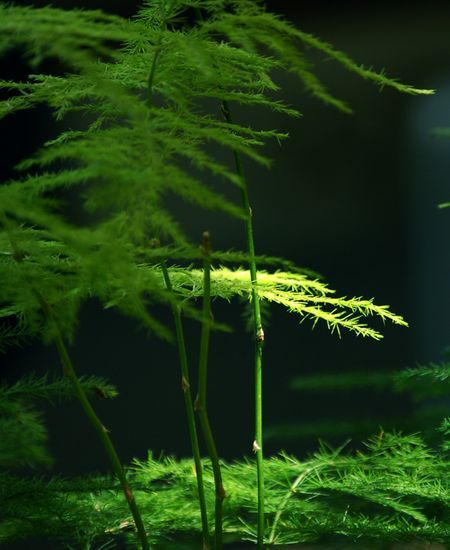
Six causes of yellowing of asparagus leaves
1. Strong light exposure. Asparagus culture like semi-shade, summer should not have a strong column of direct sunlight, otherwise it will cause branches and leaves withered and yellow. The solution is to move the flowerpot to a cool place and spray more water on the branches and leaves to increase humidity.
2. Watering is wrong. Asparagus likes to be wet, but it is also too wet and waterlogged, so it is best to keep the basin soil dry and wet, generally not dry and watered thoroughly, but do not let the basin surface be watered too much when watering. If there is too much watering, you can not water temporarily, but only spray water to the leaves to moisturize asparagus.
3. Improper fertilization. Excessive fertilization or application of immature fertilizer will cause asparagus leaves to yellowing and shedding. On the other hand, the nutrient of the planted pot soil is too poor, which will also lead to the yellowing of asparagus leaves. Therefore, when applying fertilizer, we should pay attention to Pushi, but the number of times is more but less, and we should use rotten fertilizer, and for the situation that has occurred, we can take to change the basin soil to solve. It is worth noting that it is not suitable to apply fertilizer in winter low temperature period and summer high temperature period.
4. Gas poisoning. Asparagus is very afraid of smoke and dust. if it is often attacked by harmful gases such as smoke and dust, asparagus will be poisoned with yellow branches and leaves. If this happens, the flowerpot should be moved away from the original position in time, and the work of foliar sprinkler and dust removal should be increased.
5. Insect pests. Shell insects are the most common pest in asparagus culture. When shell insects are found, they should be wiped off with wet cloth strips in time. In serious cases, they should be bought at the drugstore for prevention and control, and the pot soil should be changed in time. When changing the basin soil, the old residual roots can be cut off to reduce nutrient consumption.
6. Winter management is not in place. Asparagus culture should keep it at a certain temperature, especially in the sunny position in winter. If asparagus is placed in places that lack light, poor ventilation and cold for a long time, it is easy to make the leaves of asparagus withered and yellow. The temperature of asparagus culture in winter should not be lower than 12 ℃, and it should be placed in a place with good light, and watering can be reduced appropriately.
In addition, the reason for the yellowing of asparagus leaves may also be that asparagus culture pots are placed next to organic items such as heating bags, air conditioners and televisions, which will also cause asparagus leaves yellowing and shedding because of their high radioactivity, and the stems will dry up over a long period of time, so pay attention to them when placing flowerpots in asparagus culture.
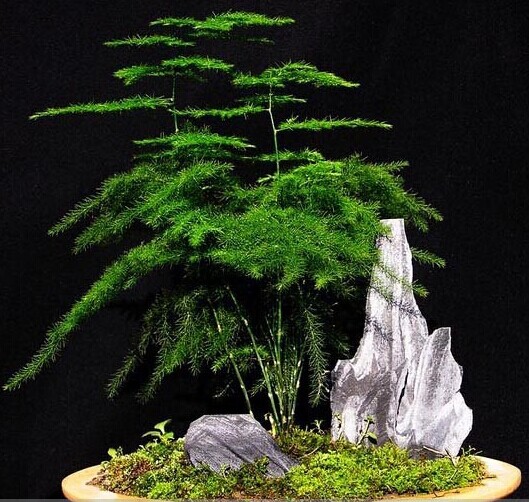
The solution to the yellowing of asparagus leaves
The main reason for the yellowing of asparagus leaves is nothing more than the above factors, at the same time in the daily maintenance should be a little careful care, can not ignore. If the leaves of asparagus turn yellow because of insufficient nutrition, here I will teach you a soil way to improve the nutrition of asparagus, that is, pour white sugar water on asparagus to ensure that it can make your asparagus grow very luxuriantly.
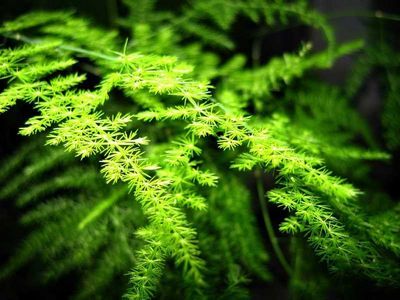
Culture methods of asparagus
Asparagus means "bamboo of refinement". In fact, it is not bamboo, just because its leaves are soft, green all the year round, branches are like bamboo, and its posture is elegant and chic, so it is named asparagus. There are many people who love asparagus, so what is the breeding method of asparagus? Let's take a look at it together.
Asparagus can not only improve cultural accomplishment, but also regulate people with liver disease, depression and depression. Asparagus can not only absorb harmful gases such as sulfur dioxide, nitrogen dioxide and chlorine at night, but also secrete gases that kill bacteria.
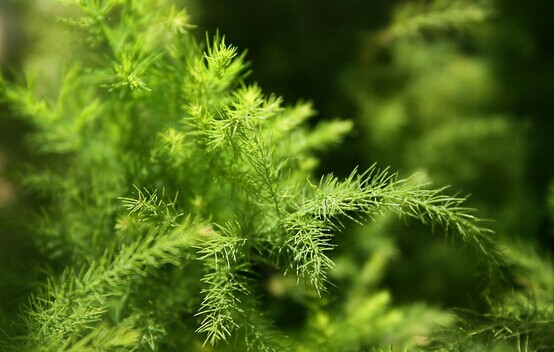
Asparagus is native to southern Africa. It likes the environment of dampness and breeze, and is not resistant to cold and heat. The suitable temperature for growth is 12-20 ℃, and the overwintering temperature is better kept above 5 ℃. Avoid exposure in summer, but can be placed in the shade of moist and ventilated trees, if there are conditions, put in an air-conditioned room, and provide a more humid environment, then the growth is the most suitable.
Asparagus does not belong to the sun-loving plant, the shade tolerance is strong, generally choose the semi-shade environment conservation is the most suitable. Asparagus likes to be wet and afraid of waterlogging, so the watering requirements are relatively high, so we should pay great attention to the frequency of watering, absolutely not dry and then watered. Should be in the basin soil is not dry through the case, keep moist, each watering must be thoroughly.
Asparagus likes fertilizer and avoids thick fertilizer, it is best to irrigate diluted organic fertilizer once a week, or special fertilizer for soilless cultivation can be used. Lack of fertilizer and thick fertilizer will cause the symptoms of yellow leaves and withered leaves of asparagus. Stop fertilizing when the temperature is higher than 20 ℃ or lower than 10 ℃ in winter.
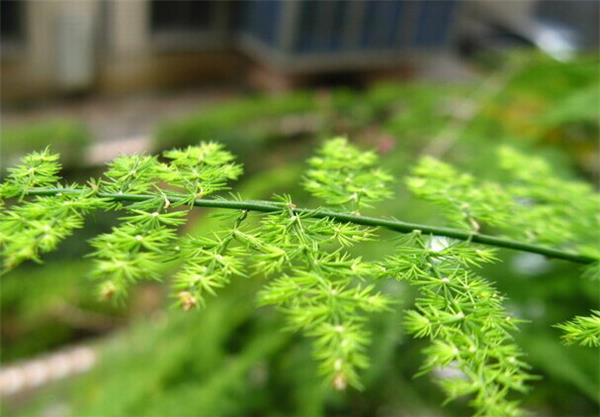
The overwintering temperature should be kept above 5 ℃. Avoid exposure in summer, but can be placed in the shade of moist and ventilated trees, if there are conditions, put in an air-conditioned room, and provide a more humid environment, then the growth is the most suitable.
Asparagus does not belong to the sun-loving plant, the shade tolerance is strong, generally choose the semi-shade environment conservation is the most suitable. Asparagus likes to be wet and afraid of waterlogging, so the watering requirements are relatively high, so we should pay great attention to the frequency of watering, absolutely not dry and then watered. Should be in the basin soil is not dry through the case, keep moist, each watering must be thoroughly.
Asparagus likes fertilizer and avoids thick fertilizer, it is best to irrigate diluted organic fertilizer once a week, or special fertilizer for soilless cultivation can be used. Lack of fertilizer and thick fertilizer will cause the symptoms of yellow leaves and withered leaves of asparagus. Stop fertilizing when the temperature is higher than 20 ℃ or lower than 10 ℃ in winter.

Related
- Wuhan Hospital Iron Tree Blooming Result Was Instantly Frightened by the Gardener Master
- Which variety of camellia is the most fragrant and best? Which one do you like best?
- What is the small blue coat, the breeding methods and matters needing attention of the succulent plant
- Dormancy time and maintenance management of succulent plants during dormancy
- Minas succulent how to raise, Minas succulent plant pictures
- What are the varieties of winter succulent plants
- How to raise succulent plants in twelve rolls? let's take a look at some experience of breeding twelve rolls.
- Attention should be paid to water control for succulent plants during dormant period (winter and summer)
- Watering experience of twelve rolls of succulent plants
- Techniques for fertilizing succulent plants. An article will let you know how to fertilize succulent plants.



